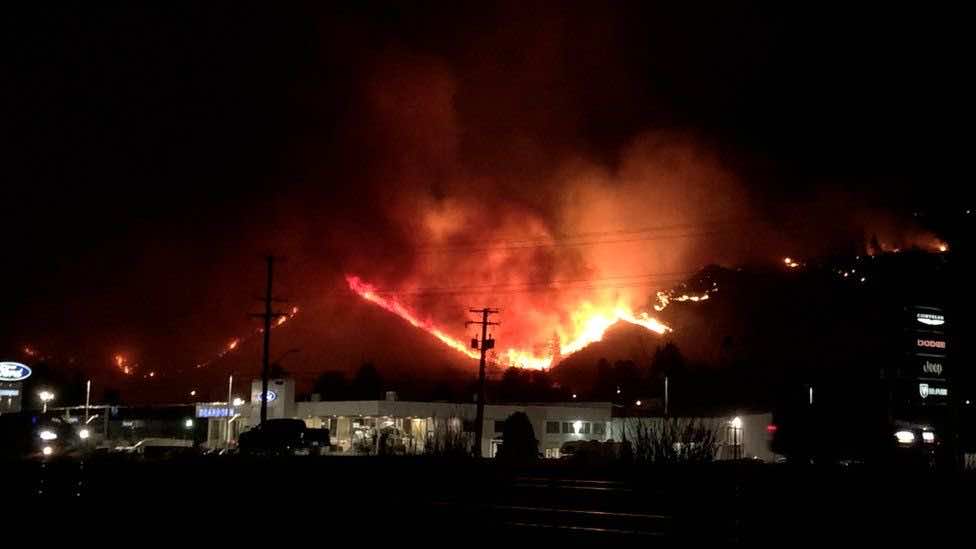Wildfires in western Canada have generated heavy clouds that are spreading across the country, causing more than 710,000 lightning strikes in a single night and likely fuelling a new crop of wildfires in a country already struggling with a deadly heatwave.
These stormy clouds, called cumulonimbus flammagenitus, form over a source of heat and send out an intense shower of lightning strikes, possibly contributing to the flames much more.

90% of a small village in British Columbia known as Lytton has been scorched badly after a fire compounded by the dreadful high temperature and the wildfires increasing in numbers are worsening the situation even more. According to CBC News, the wildfire destroyed 90 percent of the village and killed two people.
Canada’s highest temperature recorded as of now is 121.2 Fahrenheit (49.6 degrees Celsius).

The North American Lightning Detection Network identified 710,117 lightning bolts across British Columbia and north-western Alberta in only 15 hours between the afternoon of June 30 and the early morning of July 1, meteorologist Chris Vagasky tweeted.
The total number of lightning bolts that struck the surface was 112,803, with 597,314 in-cloud throbs and did not strike the Earth. As per Vagasky, this sums up approximately 5% of Canada’s normal annual lightning in 0.2% of the year.

2021 has been an usual year so far and predicted by the National Weather Service, this year’s heatwave is expected to be “historic, dangerous, prolonged, and unprecedented,” and the reality seems to support the scientific expectations.
“I’ve watched a lot of wildfire-associated pyro-convective events during the satellite era, and I think this might be the singularly most extreme I’ve ever seen,” University of California Los Angeles climate scientist Daniel Swain wrote on Twitter on Wednesday.
“This is a literal firestorm, producing thousands of lightning strikes and almost certainly countless new fires.”
A significant increase in deaths reported is attributable to the extreme weather in Canada, with a new record of 121.2 F (49.6 C) killing more than 130 people. The region, as well as the infrastructure, was, of course, not prepared for the uncalled-for climate changes that have shaken the people to the core, and many have lost their loved ones in the process.

According to the British Columbia Wildfire Service’s dashboard, emergency health forces in Canada are struggling with more than 180 wildfires in British Columbia as of June 4, and lightning strikes triggered roughly 70 percent of the active wildfires.


